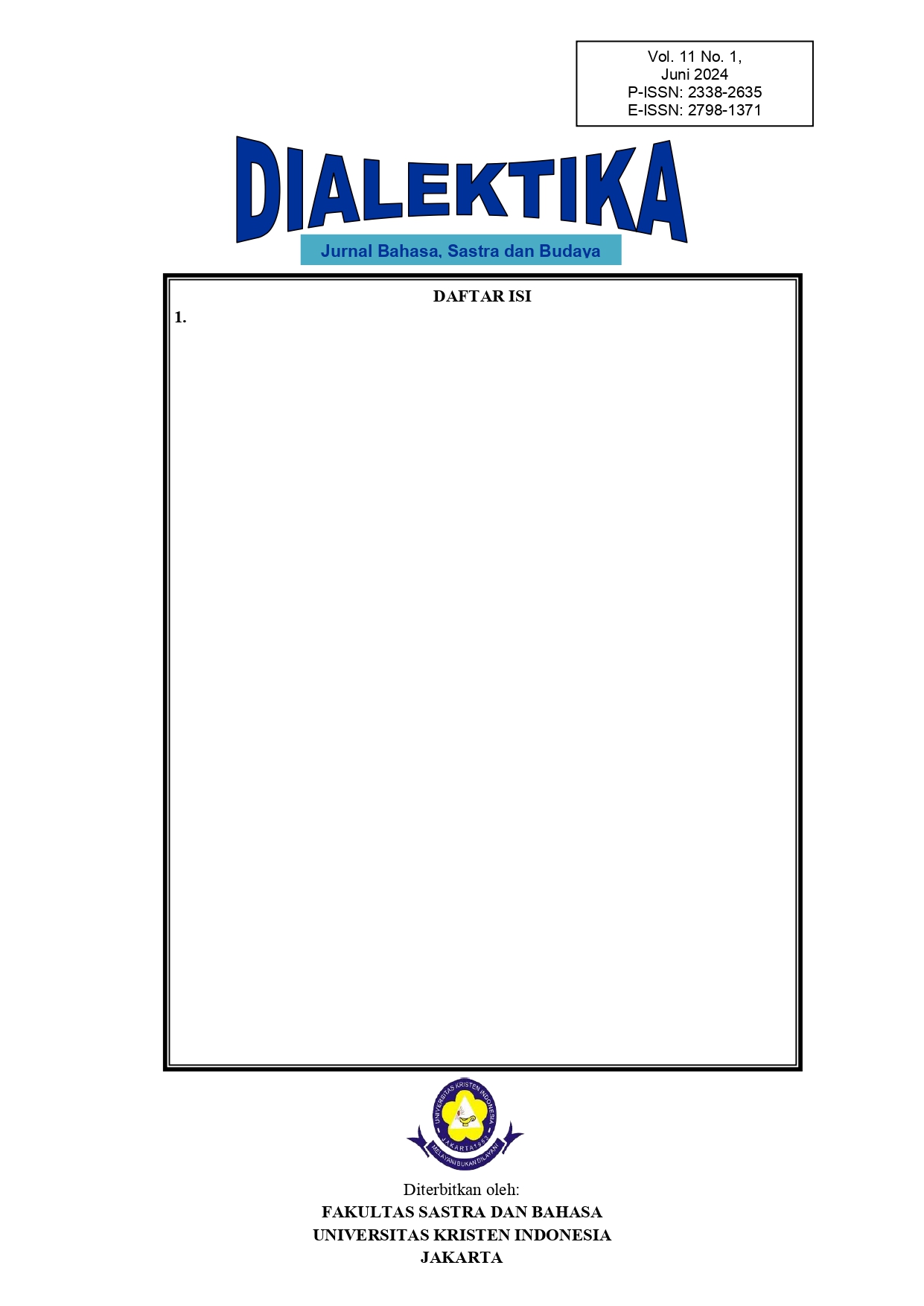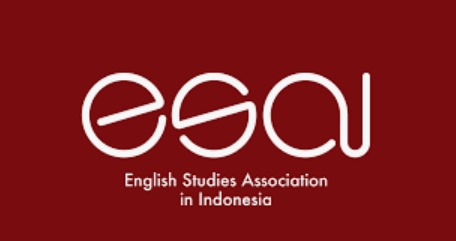THE TECHNIQUE AND TRANSLATION QUALITY OF FACE THREATENING ACTS (FTAS) IN ANNE OF GREEN GABLES
DOI:
https://doi.org/10.33541/dia.v11i1.5695Keywords:
face threatening acts, translation techniques, translation quality, anne of green gables.Abstract
Abstract
This study is a descriptive qualitative that aims to describe the types of Face threatening Acts (FTAs). Besides, this study also aims to analyze the translation techniques and the translation quality of a novel entitles Anne of Green Gables. It is found that 37 utterances which accommodates FTAs in the orientation structure of the novel and involves 4 types of FTAs, they are bald on record (18 data), off record (6 data), FTA using positive politeness (3 data), and FTA using negative politeness (10 data). The translation techniques used to translate the FTAs are established equivalence, linguistic amplification, discursive creation, addition, borrowing, reduction, and modulation. Established equivalence is the most dominant techniques. Therefore, the translation quality of FTAs in Anne of Green Gables is accurate, acceptable, and readable.
References
Brown, Penelope & Levinson, S. (1987). Politeness: Some universals in language usage. Cambridge University Press.
Catford, J. C. (1965). Language and Language Learning a Linguistic Theory of Translation. Oxford University Press, 110.
Dewanti, M. P. (2022). Politeness Strategies of the Main Characters in the Fault in Our Stars Novel. UC Journal: ELT, Linguistics and Literature Journal, 3(1), 72–89. https://doi.org/10.24071/uc.v3i1.4804
Dwijayanti, D., Nazara, W., & Poyungi, Y. S. (2021). Analisis Terjemahan Dialog Yang Merepresentasikan “Bald on Face Threatening Act” Pada Komik “Scrooge Mcduck’S Greatest Treasure” Karya Carl Bark. PRASASTI: Journal of Linguistics, 6(1), 45. https://doi.org/10.20961/prasasti.v6i1.44713
Goffman, E. (2017). Interaction ritual: Essays in face-to-face behavior. Interaction Ritual: Essays in Face-to-Face Behavior, 1–270. https://doi.org/10.4324/9780203788387
Holmes, J. (2006). Politeness Strategies as Linguistic Variables. Elsevier Ltd.
Johnson, D. M., Yang, A. W., Brown, P., & Levinson, S. C. (1988). Politeness: Some Universals in Language Usage (Studies in Interactional Sociolinguistics 4). TESOL Quarterly, 22(4), 660. https://doi.org/10.2307/3587263
Larson, M. L. (1998). Meaning-Based Translation: Aguide to Cross-Language Equivalence (Second edi). University Press of America.
Moelong, L. J. (2010). Metode Penelitian Kualitatif. PT. Remaja Rosdakarya.
Molina, L., & Albir, A. H. (2002). Translation techniques revisited: A dynamic and functionalist approach. Meta, 47(4), 498–512. https://doi.org/10.7202/008033ar
Munday, J. (2001). Introducing Translation Studies: Theories and Applications. Routledge.
Nababan, M., Nuraeni, A., & Sumardiono, &. (2012). Pengembangan Model Penilaian Kualitas Terjemahan (Mangatur Nababan, dkk. Kajian Linguistik Dan Sastra, 24(No. 1), 39–57.
Nida, E., & Taber, C. R. (1969). The Theory and Practice of Translation. Brill.
Nuraeni, W., & Wibowo, N. A. (2018). Analyzing Face Threatening Act in Whatsapp Group. PROJECT (Professional Journal of English Education), 1(4), 366. https://doi.org/10.22460/project.v1i4.p366-373
Spradely, J. (1980). Participant Observation. Holt, Rinehart and Winston.
Vinola, O. R., Sulistyaningsih, S., & Taufik, K. S. (2023). Positive and Negative Face Threatening Acts on Family and School Interaction of “No Place Strange” Novel by Diana Fitzgerald Bryden. International Journal of English and Applied Linguistics (IJEAL), 3(2), 61–69. https://doi.org/10.47709/ijeal.v3i2.1965
Yule, G. (1996). [George_Yule]_Pragmatics(z-lib.org).pdf. Oxford University Press. https://pdfcoffee.com/yule-george-pragmatics-10-pdf-free.html
Yule, G. (2006). The Study of Language: Third Edition. Cambridge University Press.













.jpg)





